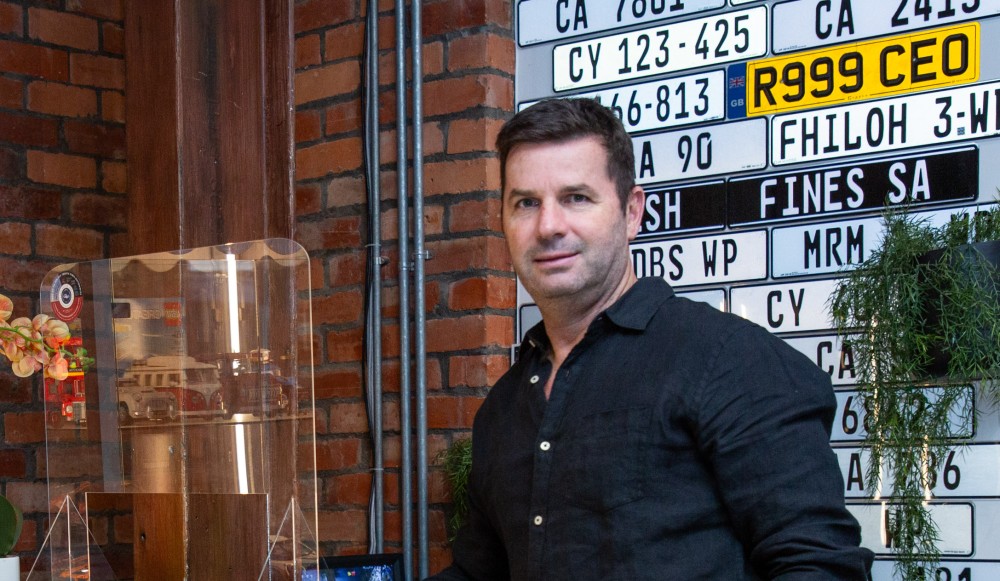Tata Group as a corporation has been around since 1868 established by Jamsetji Tata an Indian industrialist and philanthropist. Before they got their hands dirty in the automotive world, they focused on metal manufacturing, telecoms, information technology, hospitality and a whole array of other industries. Tata Motors was established in 1945 with the introduction of the Tata Indica in 1998.
The First Tata's Introduction to the World
Admittedly there is a vast gap between their inception and their first car and the reasons for this lengthy gap was due to market research, planning, engineering, manufacturing capabilities and, one has to remember they never did something gigantic like building a car. The first Tata named the Indica was sold at a starting price of 250 000 Indian Rupees (INR), which back then in ZAR would have translated to anywhere between R312 000 - R375 000. The Indica proved to be a huge success in the Indian market for its reliability and affordability.

The Tata Indica would be manufactured until 2018 which means the Indica had an impressive lifespan of 2 decades and it had many different iterations across its lifetime. It appealed to the entry-level purchaser. Someone who was buying on a budget. Tata had assisted in establishing a name for Indian manufacturers in South Africa. Although Mahindra had been in the South African market since 1990. Tata helped the Indian automotive market flourish with its affordability, value for money, reliability and local manufacturing - by them setting up shop in South Africa, they could keep the costs of the Indica down which meant potential clients could continue to consider a Tata as their first car.
On the other side of the Pond
Jaguar started as a Swallow Sidecar manufacturer. They were founded by Sir William Lyons and William Walmsley in 1922. They changed their name to SS Cars Ltd, and the first car ever produced by SS Cars Ltd. was the SS1. An exquisite-looking car that had proven that Jaguar was here to make a name for itself.

After World War II Jaguar opted to change their name back to the original as they were afraid there might be a negative connection to the war. After the war - Jaguar introduced the XK120, XK140, and XK150 cars that captured the beginnings of Jaguar as the first bit of profit they made was, in fact from the XK120 and they managed to keep that ball rolling with XK140 and XK150.
With Jaguar improving on their cars year after year, fast forward to 1966 and they merged with British Motor Corporation (BMC) to form British Motor Holdings (BMH). Along with Jaguar, other companies like Austin and Morris and MG also belonged to BMC which also made them part of BMH.

This move was due to several factors with one of the big ones being money. They didn't have the financial backing some of these larger corporations had. Fortunately, in 1968 BMC merged with British Leyland Motor Corporation (BLMC) and made Jaguar part of BLMC. But due to even more financial issues, labour disputes and quality control issues, they became an independently owned company once more in the 1980s although Jaguars' time with BLMC was brief, Ford acquired Jaguar in 1989 - so only a few years went by with them keeping their head above water and under new management, they brought us cars like the XK, XJ, and S-Type.
Investments from Ford allowed them to continue introducing new models as the backing from Ford helped them modernise their designs to stay relevant, with manufacturing efficiency and financial stability being the important part. Jaguar continued to suffer losses due to the luxury automotive market being highly competitive; making them a liability to Ford as they were bleeding money. Ultimately they were sold out by Ford in 2008.
Tata took the reigns and helped Jaguar
Shortly after, Tata Motors bought Jaguar Land Rover from Ford for a reported $2.3 billion (An amount of roughly R44.3 Billion). Tata sought the opportunity to expand into the luxury status of the automotive world they knew that JLR was the way to go. With Tata having long-term goals, they knew that having a manufacturer with a rich heritage under their wing would help them achieve those goals.
With Tata acquiring Jaguar, it gave them peace of mind to know the financial stability was there and that they would just have to concern themselves with producing the best cars they could. Under the wings of Tata. Jaguar produced the Vogue and the F-Pace. Along with financial support, it also allowed JLR to expand their market affordably as the price point didn't make sense for the Chinese and Indian markets. To put it into perspective at 2022 financial year end, JLR made a whopping profit of GBP 18.3 billion (Which in Rands is an unbelievable amount of R427+- billion).
The acquisition solidified their place in the luxury brand category and catapulted them to success globally. There are hints of Jaguar in Tata cars to make their brand a bit more premium. The Tata Tiago and Tata Tigor feature a 'Humanity Line' which is based on the J-Blade design from Jaguar. Although Jaguar hasn't taken direct inspiration from Tata they have helped in other significant ways like market knowledge, research and streamlining of processes and engineering.
Although Tata and Jaguar are essentially one company, they both have unique corporate identities and offer different experiences. I think this is a good thing - if it weren't for Tata their lifespan might have been cut short, and I for one am happy to see them both around.
Lu-Allen Kruger - CHANGECARS








